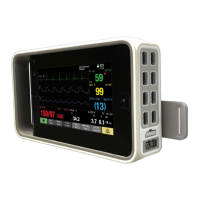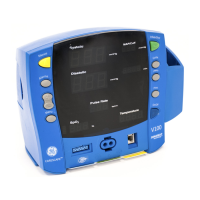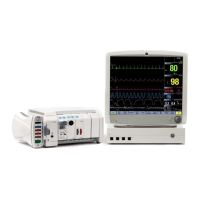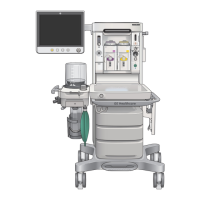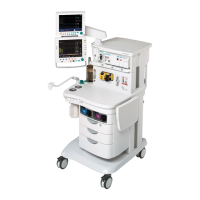Neuromusculartransmission
ProblemSolution
Difcultyingettingtheresponsewhenlocatingthe
nerveforplexusstimulation
●Youmaytryusingthelocalmuscleresponseasan
indicationofcurrentintheneedle.Ifthereisno
response,theneedlemaybebroken.
●Changetheneedleifnecessary.
HowcanIverifythemeasurementreliability?●Thereliabilityoftheresponsecanbeestimatedby
observingthebargraphortheNMTtrend.
●Thebarsofthebargraphshouldbeinasmoothly
descendingorderfromlefttoright,andtheNMT
trendshouldindicateafairlystableT1%.Ifthis
isnotthecase,thelatestresponseisunreliable.
Relaxationleveldoesnotusuallydecrease
signicantlyinoneminuteevenwithshort-acting
relaxants.
●Toverifyyourobservations,startanew
measurementmanuallyrightafterthecompletion
ofthepreviousmeasurement.Sometimes
theselectedcycletimehasbeensolongthat
therelaxationlevelhaschangedconsiderably
betweenthemeasurements.
WhatcanIdoifthemonitordoesnotndthe
supramaximalstimulationcurrent?
●Ifthemonitorisunabletondthesupramaximal
stimulationcurrent,checktheelectrode
placement.Thenervemaybeoutsidethedense
currentoworboththeulnarandmediannerves
maybestimulated;progressivelymoremuscle
activityisdetectedastheincreasingstimulation
currentactivatesnewmotorunits.Consultthe
gurebelowwhenplacingtheelectrodes:
1.adductorpollicis
2.abductordigitiminimi(hypothenar)
3.exorpollicisbrevis(thenar)
4.ulnarmedial
5.epicondyle
●Also,supramaximalcurrentmaynotbefoundif
thepatienthasanatomicaland/orphysiological
anomalies.
2062971-001CARESCAPEModularMonitors371
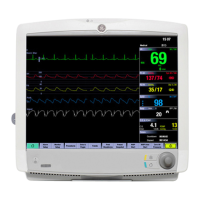
